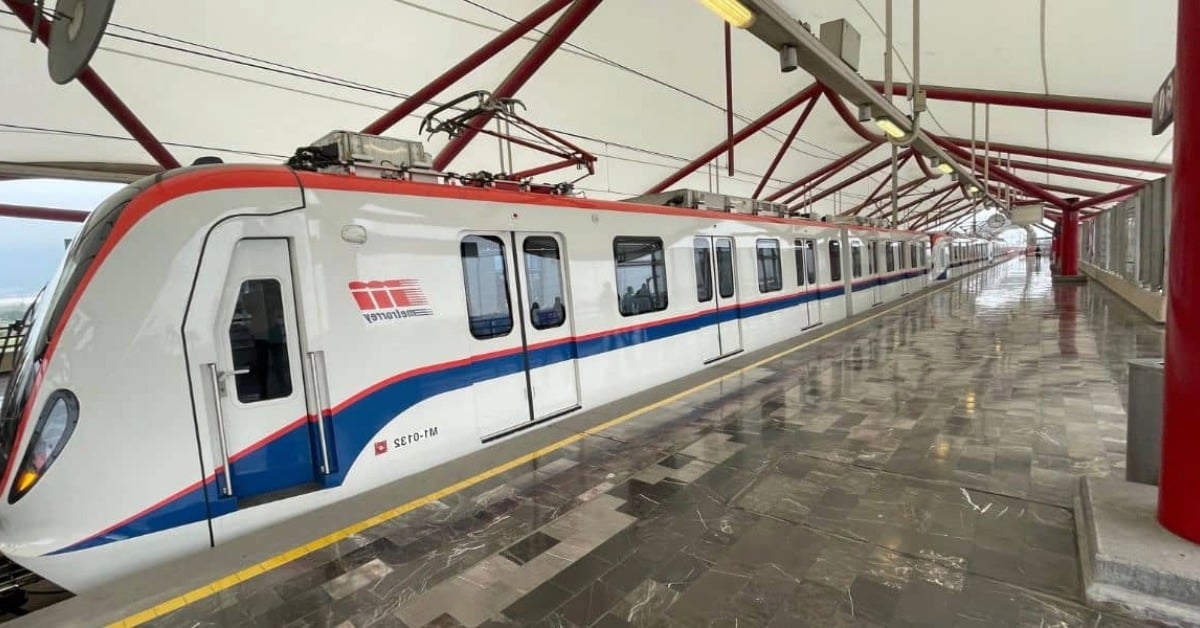Nuevo León invests 58 billion pesos in a mobility plan to upgrade public transport and infrastructure ahead of the 2026 World Cup . . .


Nuevo León invests 58 billion pesos in a mobility plan to upgrade public transport and infrastructure ahead of the 2026 World Cup . . .

